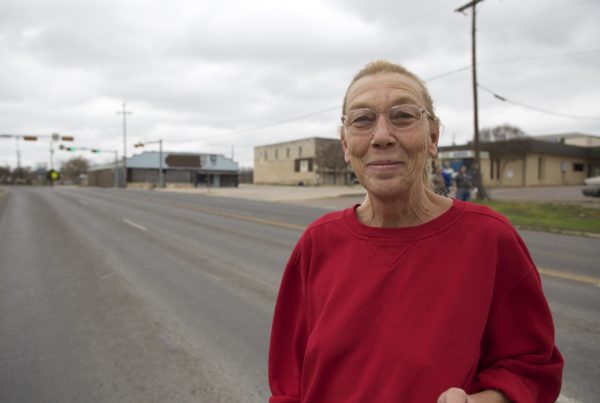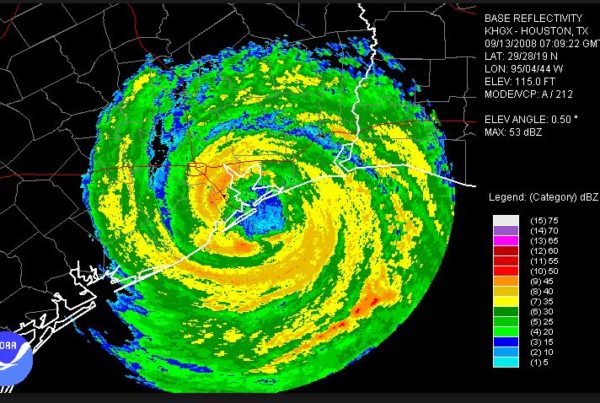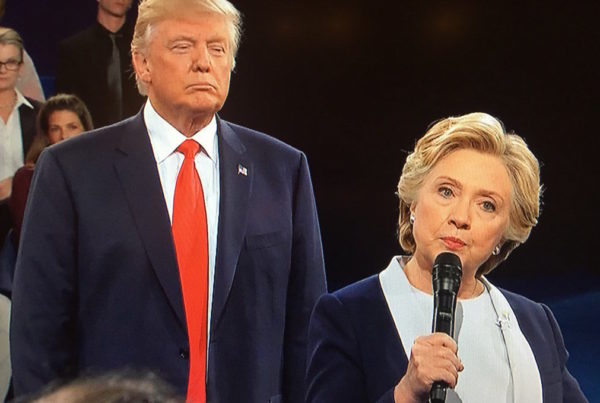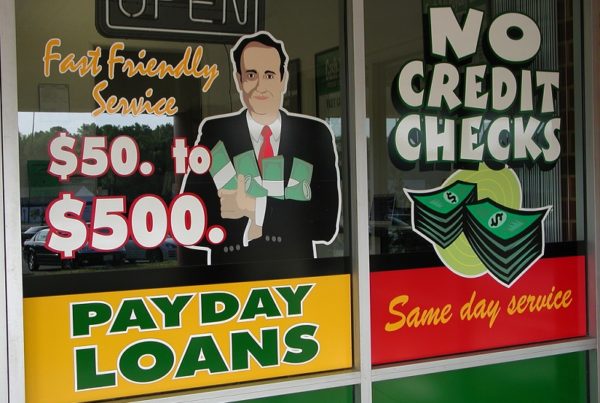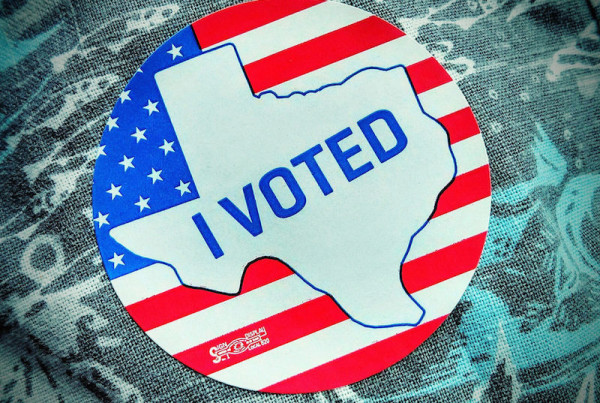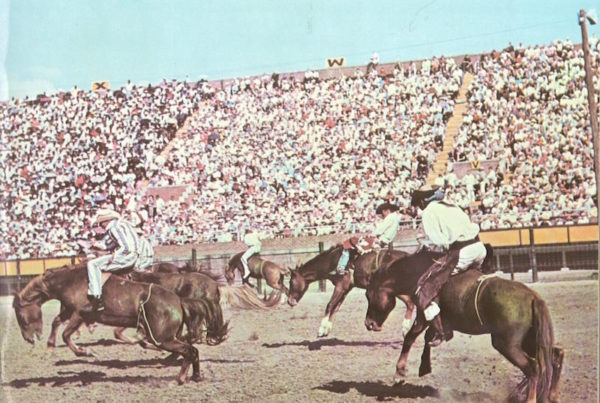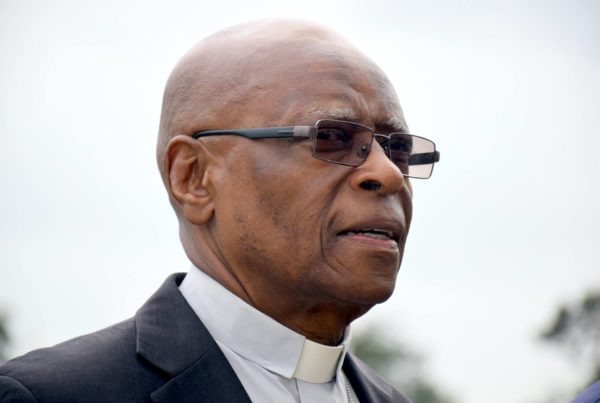From KUT:
With a week left to register to vote, more than a million people have registered in Texas since the March primaries. Derek Ryan, who owns political consulting firm Ryan Data and Research, analyzed registration data from the Texas Secretary of State’s office, looking at who was registering and where they lived. When he started his analysis, he began under the assumption that women registering to vote would easily outpace men because a woman was running for president.
“It really only ended up being a 2 percent gap of men and women registering to vote in the last few months, which was kind of shocking,” Ryan said.
He was not shocked by some of the other numbers. Like where these populations of new registered voters live. If you look on a map of the fastest growing areas of the state, a map of new voter registrations overlays quite nicely.
But, of course, the fact that there are more voters doesn’t on its own mean Texas will have a different outcome – 800,000 more people registered to vote between the primaries and Election Day in 2008. Then-Sen. Barack Obama still lost the state by 12 points.
This time around, more people registered in Republican parts of the state than did in areas that tend to lean Democratic. But Ryan says, even if Republicans make up the majority of new voters, that doesn’t mean they’ll vote for Donald Trump.
“You know you may have people who consider themselves Republican that show up and vote for Republicans in every race except for president,” speculated Ryan.
Turning ballots purple?
In the 2012 election, only 35 percent of Texas voters split their ticket according to a study by Austin Community College’s Center for Public Policy and Political Studies.
Harvey Kronberg, publisher of the political site Quorum Report, says in Texas, more ballot splitters usually equals more competitive races. Like in the 90’s when Texas elected a Democratic Lieutenant Governor and a Republican Governor.
“And now we’ll see what happens with this election,” Kronberg said, “but there’s more impetus to do ticket splitting this election then there has been probably in 15 years.”
The Trump Effect
Donald Trump has drawn criticism from some Texas Republicans who prefer the Bush version of the party. So maybe they’ll vote for Hillary Clinton, or Gary Johnson, or write in someone else, which certainly could shrink the 16-point marginMitt Romney won the state by in 2012.
ABC News chief political analyst Mathew Dowd says you shouldn’t think that means the state is turning purple.
“Democrats would be foolish to think I think that, ‘Oh Donald Trump only won the state by 8 points, therefore it’s a Democratic state.’ That’s just foolish,” Dowd said. “Because that is being driven by the perceptions of Donald Trump, not the perceptions of the Democratic Party.”
The bottom line is we won’t know just how close the race was here, until we get the results on Election Day. And, no matter how the results surprise us, the professional punditry is bound to say, “We saw this coming all along.”




